Blog Details

Post by Daniel Morris | Date: 01-04-2024
Photography Service Guide for Realtors
Introduction
In the fast-paced world of real estate, where first impressions are often made online, captivating imagery has emerged as a game-changer in attracting potential buyers and driving successful sales. In this digital age, where all homebuyers begin their search on the internet, the importance of professional real estate photography cannot be overstated.
Professional photography is not only used to sell a listing but can be used as your portfolio to sell yourself to a potential home seller. Homes with professional photos get 61% more views than those without them. And those views are not only from potential buyers, but other sellers — including the neighbors — are looking at the photographs of your listing.

What you will learn
We are going to give you a comprehensive overview of how to leverage professional photography for your business and will cover the following topics:
- What is the cost of real estate photography?
- Single-exposure photography VS HDR (High Dynamic Range)
- Ideal photography packages for your listings
- Aerial and Dusk Photography: Pros and Cons
Agents who are well-versed on what marketing materials to use for their listings consistently outperform their peers. They enter listing presentations with a plan and can map out a marketing strategy with the right photography to win the listing.
Cost for Real Estate Photography
Professional real estate photography can vary significantly depending on factors such as location, photographer expertise, and the level of service provided. On the lower end of the spectrum, you might find photographers offering their services for as little as $100, while on the higher end, prices can soar up to $1000 or more. However, the average range for a standard photo shoot typically falls between $125 to $300.

Factors Influencing Pricing
1. Number of Photos: Many real estate photography companies base their pricing on the number of photos required for the listing. This approach allows for flexibility, ensuring that clients pay for the exact amount of content they need to showcase their property effectively.
2. Property Size or List Price: Some photographers may adjust their rates based on the size or list price of the home. Larger properties or high-value listings may require more extensive photography services, thereby impacting the overall cost.
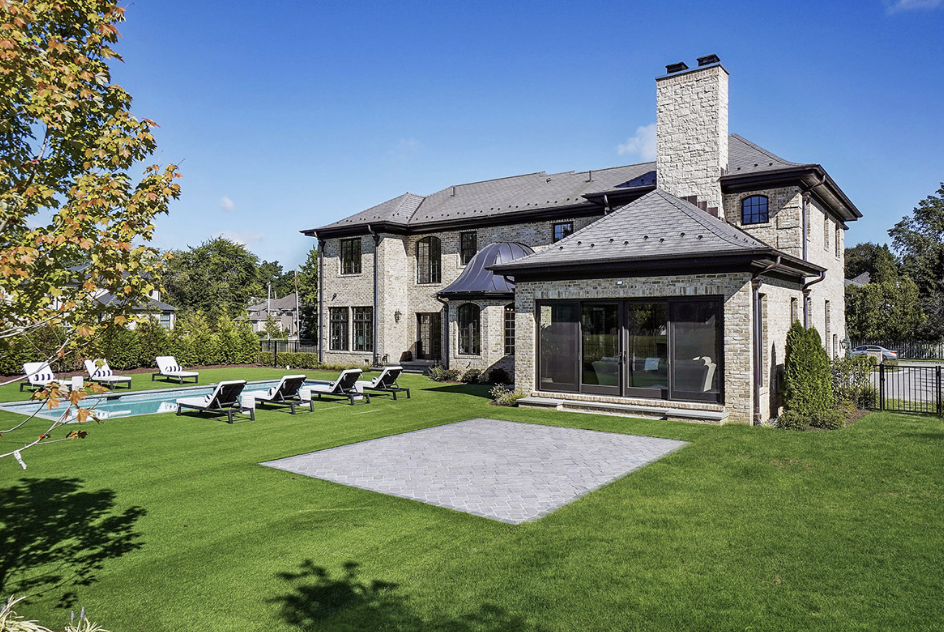
3. Tiered Options: To cater to varying needs and budgets, most real estate photography companies offer two-tiered options for their services:
- Standard Photography: This typically involves single-exposure shots or basic HDR (High Dynamic Range) imaging techniques. While more budget-friendly, standard photography still provides high-quality visuals to enhance the listing's appeal.
- Luxury or High-End Photography: Geared toward clients seeking top-tier presentation, luxury photography employs advanced HDR techniques, impeccable lighting, and meticulous post-processing to produce stunning imagery. This option ensures that every aspect of the property is showcased in its best light, captivating potential buyers from the first glance.
4. Photographer Experience: A photographer who is relatively new to the industry is going to be competitively priced. Here are some things that you should be aware of when hiring an inexperienced photographer:
- They should have the lowest rates
- More prone to making mistakes: missing angles and critical spaces
- Quality may not be as good as an experienced photographer
- They are still figuring out their “process”. Edit requests may take longer than usual
- They can get booked up fast.
An experienced photographer is usually the safer bet. The investment in a photographer who is already knowledgeable in the industry will save you time and deliver a more consistent product
5. Listing Location: The location of the listing can cause price fluctuation. There could be tolls, traffic, and distance factors that need to be taken into consideration. We recommend asking your local provider if there would be any travel fees to visit your listing.
Overall, your cost per project will vary, but we recommend that you work with companies that charge between $150 - $500 for photoshoots (not including dusk/aerial). That price range will get you a professional photographer who will deliver a high-quality product.
Single-Exposure vs HDR
It is important to understand the difference between single-exposure photography and HDR (High Dynamic Range) - there is a stark difference in quality. At VMD, all of our photography is done in HDR. But there are a lot of providers that will use single exposure photography as their “standard” offering and make an upgrade option for HDR. So what is single-exposure photography? And why is HDR a better option for your listings?
Single-exposure photography in real estate refers to capturing a photograph using a single-exposure setting, typically without any additional processing or blending of multiple exposures. In this technique, the photographer adjusts the camera settings (such as aperture, shutter speed, and ISO) to capture the entire scene in one shot.
While single-exposure photography can produce satisfactory results in certain situations, it may struggle to accurately capture the full range of brightness levels present in real estate interiors. As a result, images taken with a single exposure may suffer from issues such as overexposed highlights, loss of detail in shadows, or a lack of overall dynamic range.
In contrast, HDR (High Dynamic Range) photography involves capturing multiple exposures of the same scene at different exposure levels and then blending them to create a final image with balanced exposure and enhanced detail in both highlights and shadows. This technique allows for a more accurate representation of the space and is often preferred in real estate photography to showcase properties in the best possible light.


HDR photography is often preferred over single-exposure photography for real estate for several reasons:
Dynamic Range : Real estate interiors often have a wide range of brightness levels, from dark shadows to bright highlights. HDR captures multiple exposures at different exposure levels and combines them to preserve detail in both the shadows and highlights, resulting in a more balanced and realistic representation of the space.
Detail and Clarity : By capturing multiple exposures, HDR photography can retain details in both bright and dark areas of the image. This ensures that important features and textures within the property are accurately represented, providing viewers with a clearer understanding of the space.
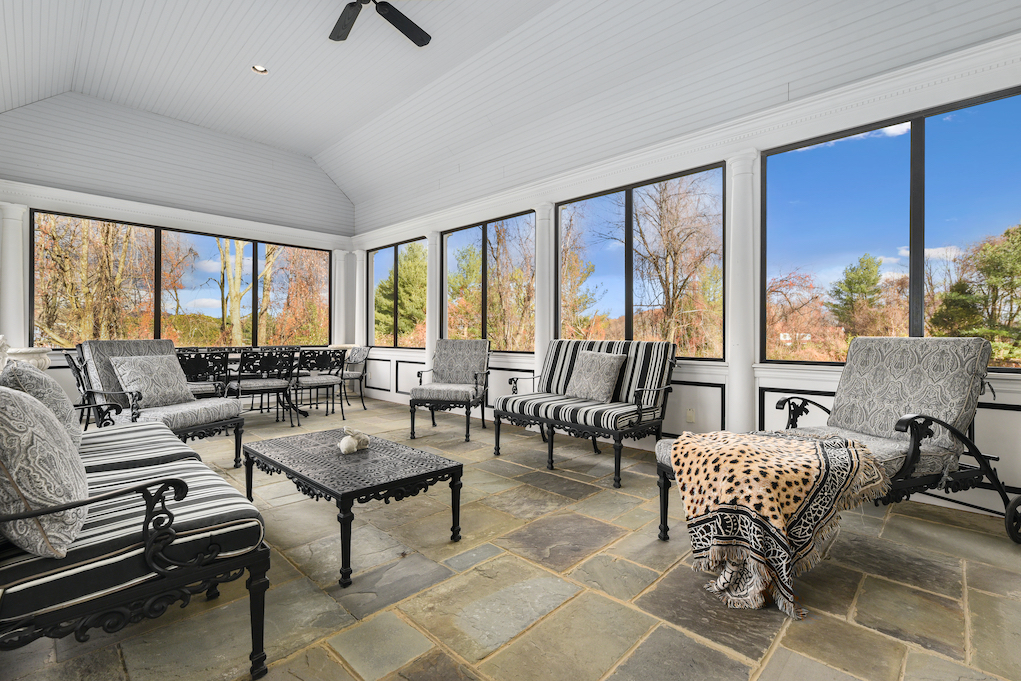
Natural-Looking Images : HDR processing techniques aim to produce images that closely resemble what the human eye sees. By blending multiple exposures, HDR images can appear more natural and visually appealing compared to single-exposure photography, which may struggle to capture the full range of tones in a scene.
Highlighting Key Features : HDR allows photographers to emphasize key architectural features, such as intricate moldings, high ceilings, or panoramic views, by ensuring that they are properly exposed and highlighted within the image.
Marketing Advantage : High-quality images are crucial for attracting potential buyers or renters in the competitive real estate market. HDR photography can help showcase properties in the best possible light, making them more attractive to prospective clients and increasing the likelihood of a successful sale or rental.
Overall, HDR photography offers significant advantages for real estate by providing a more accurate, detailed, and visually appealing representation of properties compared to single exposure techniques.

Luxury Photography Explained
Recognizing the diverse needs and budgets of their clientele, many photography companies offer two distinct tiers of service: standard and luxury photography. Understanding the nuances between these options is crucial for real estate.
Standard Photography: This service acts as the foundation for most real estate photography packages. It typically involves single-exposure shots or basic High Dynamic Range (HDR) imaging to capture the property. The standard package includes essential edits such as brightness and exposure adjustments, enhancements of blue skies for exterior shots, and the removal of minor flaws to present a clean and attractive image of the property. These photographs are generally suitable for listings priced at $500.000 and below, providing a cost-effective solution that meets the basic requirements of real estate marketing.
Luxury Photography: For listings that demand a higher level of detail and polish, luxury or high-end photography services offer a significant upgrade. This premium option focuses on meticulous editing to achieve a more sophisticated and refined look. Key features include perfectly exposed windows that minimize glare and enhance the professional quality of the photos, along with additional enhancements such as the addition of vibrant green grass to exteriors, the creation of cozy fires in fireplaces, and the inclusion of dynamic animations on monitors and TVs. These touches not only elevate the visual appeal of the listing but also cater to the preferences of homeowners who are particularly discerning about their property’s photographic representation.

Luxury photography is especially beneficial for listings priced over $500,000, or in cases where the homeowner has specific requirements for their property’s presentation. The service includes a broader range of edit requests within the package, such as adjustments for greener grass and fires in the fireplaces, which saves considerable time in post-production editing. This efficiency leads to a smoother transaction process and helps get the property on the market more swiftly. Additionally, for properties where the exterior views are a key selling point, luxury photography ensures that these features are highlighted effectively, aligning with the overall marketing strategy.
This choice between standard and luxury photography services hinges on the specific needs, budget, and goals of the real estate listing. While standard photography offers a foundational level of quality and appeal for most listings, luxury photography provides an enhanced visual experience that can significantly impact the marketability of higher-priced properties or those requiring a more detailed presentation. Understanding these differences allows real estate professionals to select the most appropriate service to showcase their listings effectively and attract potential buyers.
Selecting the Right Photo Package for your Listings
Choosing the optimal number of photographs for your real estate listings is a decision that carries significant weight. It’s a common trend among agents to lean towards the minimal option to cut costs. However, this strategy can backfire, leading to frustration both for you and your clients. Opting for a photography package that doesn’t adequately represent your listing can severely limit its appeal, confining you to showcase only a couple of perspectives in crucial areas. Such a limitation could misrepresent the property’s potential and hinder its marketability

Recognizing the importance of this decision, most photography providers offer guidelines to help you determine the ideal number of photos based on the size and type of your listing. To assist you further, we’ve developed a tailored guide aligned with our photography packages, which include options for 15, 30, and 50 photographs. This guide is designed to help you select the most fitting package, ensuring that your listing is presented in its best light, captures the interest of potential buyers, and accurately conveys the property’s ambiance and features. By choosing wisely, you not only enhance the presentation of your listing but also facilitate a smoother and more satisfying experience for your clients.

15 Photo Package: Apartments and 2 BR Homes
These packages are ideal for small one-level listings. Most clients select 15-photo packages for apartments, rentals, condos, and homes with 2 BR and below. We’ve set up some basic guidelines for you:
- Number of Bedrooms: 2 or below
- Number of Bathrooms: 2 or below
- Total Number of Rooms: 5 or below
- Exterior Photos Needed: About four, 1-2 of the front and 1-2 of the backyard, deck, or amenities in the complex
What happens when you select 15-photo packages on a larger property?
You limit how many angles you can use to market the home and run the risk of asking for a reshoot or delaying the launch of your listing. It is important to remember that your homeowner may want different angles and features photographed of their home. This is why it is always better to have more photos to go over with. your homeowners.

30 Photo Package: Mid-sized 3-4 BR Homes
The most popular package for real estate agents. The majority of single-family homes would need to have at least 30 photographs. This package will cover most colonials, ranches, split levels, and custom homes. Consider this when booking your next shoot:
- Number of Bedrooms: 3-4
- Number of Bathrooms: 2-3
- Total Number of Rooms: 6-8
- Exterior Photos Needed: About 5-6. You will need 2-3 angles of the front plus another 2-3 angles of the backyard (deck/patio features)
What can you expect when getting a 30-photo package?
This is our most popular package because it allows you to have multiple angles of the common spaces. You may want to showcase a fireplace feature in one living room shot, and then have another angle that shows the flow from the LR to the DR. You don’t want to limit your marketing to just one angle for each space. Having multiple angles of the common spaces will increase buyer engagement for your listings.

50 Photo Package: Large Homes with 5+ BR
Perhaps the most overlooked package, 50-photo packages should be utilized in large homes. If you have a property that has more than five bedrooms, then you may want to increase to 50 photos. Hare are some parameters we’ve outlined for 50-photo packages:
- Number of Bedrooms: 5+
- Number of Bathrooms: 4+
- Total Number of Rooms: 9+
- Exterior Photos Needed: About 6-9. You will need 2-3 angles of the front, 2-3 to showcase the backyard, and then another 2-3 photos to highlight the backyard amenities (pool, deck, patio, etc.)
Marketing a home that warrants 50 photographs
These listings are on the larger side and/or have a lot of spaces that a realtor will want to highlight. Agents who select 50 photos for their listings don’t want to stress over the details and would like to have as many options as possible. Remember, just because you ordered 50 photos, does not mean that you have to upload 50 photos to the MLS. you want to have a selection of photography that you and your homeowners can work with.
On the other hand, we don’t recommend using 50-photo packages on listings that do not warrant it. Unless you are looking for vignettes or specific lifestyle shots, ordering too many photos for your listings can be a waste of time and money. you can stick to a 30-photo package on the listings that have 3 BR and an unfinished basement.

Aerial Photography: Pros and Things to Consider
Aerial photography has become an increasingly popular tool in real estate marketing, offering a unique perspective that can significantly enhance a listing. Here are the pros and cons of incorporating aerial photography into your real estate listings:
Pros:
1. Unique Perspective: Aerial photography provides a bird’s-eye view of the property, showcasing it in a way that is not possible with ground-level photographs. This can highlight the layout of the property, the surrounding area, and any notable features such as landscaping, pools, or outbuildings.
2. Enhanced Attractiveness: Properties with aerial images can stand out in crowded marketplaces, attracting more attention from potential buyers. The elevated perspective can make the property look more prestigious and appealing.
3. Area Context: Aerial shots can effectively communicate the property’s proximity to amenities, attractions, or natural landscapes. This contextual information can be a decisive factor for buyers prioritizing location in their purchasing decision.
4. Marketing Edge: Utilizing aerial photography can give listings a competitive edge, demonstrating that the agent is employing advanced marketing techniques to showcase properties in the best light possible.
5. Increased Engagement: Listings with aerial images tend to engage viewers longer, as they offer interesting and varied visuals that ground-level photos cannot. This increased engagement can lead to higher interest and more inquiries.

Consider before you Purchase:
1. Cost: Aerial photography typically requires professional equipment or a drone, and possibly a licensed drone pilot, making it more expensive than standard photography. This additional cost can be a barrier for some sellers or agents with tighter budgets.
2 Regulatory Restrictions: There are strict regulations governing drone flights in many areas, including proximity to airports, altitude limits, and privacy concerns. Navigating these regulations requires knowledge and sometimes special permissions, adding complexity to the process.
3. Privacy Concerns: Elevated shots can sometimes capture neighboring properties in detail, potentially leading to privacy complaints from neighbors who do not wish to have their property displayed.
4. Overemphasis on Location: While showcasing the property’s surroundings is generally a positive, it can also highlight less desirable elements, such as close proximity to less attractive areas or structures, potentially detracting from the listing’s appeal.
5. Weather and Lighting Dependencies: Aerial photography is more susceptible to weather conditions and lighting than standard photography. Poor weather can delay shoots, and certain times of day may night provide the optimal lighting for showcasing the property from an aerial perspective.
While aerial photography offers numerous benefits that can enhance a real estate listing and attract potential buyers, it’s important to weigh these advantages against the costs, potential legal and privacy issues, and other considerations specific to the property and its location.

Dusk Photography: Pros and Things to Consider
Dusk photography, also known as twilight photography, captures real estate properties in the magical light of the late evening, creating a warm and inviting atmosphere. This technique can dramatically enhance the appeal of a listing, but it also comes with its own set of challenges. Here are the pros and cons of using dusk photography for real estate marketing.
Pros:
1 Enhanced Aesthetic Appeal: Dusk photos can make a property look more appealing and luxurious. The warm lighting and sunset colors create a welcoming and homely atmosphere that can evoke emotional responses from potential buyers.
2. Highlights Lighting Features: This type of photography is excellent for showcasing a property’s outdoor and landscape lighting, pool lights, and the warm glow from windows. It highlights aspects of the home that aren’t visible during the day.
3. Stands Out in Listings: Dusk photographs tend to stand out among other listings that typically feature daytime shots. This uniqueness can capture the attention of prospective buyers as they browse through listings.
4. Emphasizes Architectural Details: The softer light at dusk can accentuate architectural features the landscape details more effectively than the harsh shadows created by direct sunlight, offering a more flattering portrayal of the property.
5. Creates a Mood of Serenity and Privacy: The twilight setting can convey a sense of peace and seclusion, appealing to buyers looking for a tranquil home environment.

Consider before you Purchase:
1. Timing and Weather Dependent: Capturing the perfect dusk photo is highly dependent on the weather and the time of day. There’s a narrow window for the ideal lighting, and if the weather doesn’t cooperate, opportunities can be missed.
2. Additional Costs: Dusk photography usually requires more planning and effort than standard daylight shots. This can include additional costs for the photographer’s time and potentially more post-processing to achieve and desired effect.
3. Potential for Misrepresentation: If not done carefully, dusk photography can overly romanticize a property, leading to potential disappointment when buyers view the property in person under normal lighting conditions.
4. Limited Use: Because these photos primarily showcase a property’s exterior and lighting features, they may not be as useful for highlighting interior details or layouts, requiring additional daytime photos for a complete listing.
Dusk photography can significantly enhance the visual appeal of a real estate listing and attract potential buyers through its unique and captivating portrayal of a property, it requires careful consideration of timing, cost, and the photographer’s expertise.
Balancing these factors against the desire for standout marketing material is key when deciding whether to include dusk photography in your real estate marketing strategy.

Alternative to Dusk
Virtual dusk offers a compelling alternative for real estate agents looking to achieve the appealing aesthetic of dusk photography without the associated costs and logistical challenges. By digitally transforming daytime photographs to mimic the warm and inviting ambiance of dusk, virtual dusk provides several key advantages:
1. Consistent Lighting: One of the standout benefits of virtual dusk is the ability to ensure uniform lighting across all images. Digitally adjusting the color of light emitted from windows to a consistent shade of yellow eliminates the concern over varying indoor lighting conditions that can occur in natural dusk photos.
2. Cost-Effectiveness: Virtual dusk is significantly more affordable than traditional dusk photography. With virtual dusk services priced around $35 per photograph, compared to over $150 for an on-site dusk photoshoot, it presents a substantial cost-saving opportunity for agents.
3. Time and Convenience: Opting for virtual dusk saves a considerable amount of time. There’s no need to coordinate the perfect timing for a natural dusk shoot, nor is there a dependency on favorable weather conditions. Virtual dusk can be applied to any photography, with enhancements typically completed within 24 hours or included with the delivery of the original photo set.
4. Transparency Consideration: While virtual dusk photos can beautifully enhance a listing, it’s important to note that they are digitally altered to achieve this effect. Agents should disclose to potential buyers that the images have been virtually enhanced to ensure transparency.
Virtual dusk provides a practical and cost-effective solution for real estate agents to enhance their listings with the captivating allure of dusk photography, without the drawbacks of traditional on-site shoots. This method not only saves time and money but also offers the flexibility and consistency that elevate property presentations, making it an attractive option for today’s real estate marketing.

Photoshopping in Real Estate
When real estate agents consider requesting their photographers to photoshop or enhance images of their listings, it’s crucial to navigate this process with ethical and legal considerations in mind. The goal of real estate photography should be to accurately represent the property while showcasing it in the best possible light. Here are key points realtors should consider before requesting photographic enhancements:
1. Accuracy and Honesty: The primary consideration should be the truthful representation of the property. Photoshopping in or out permanent fixtures, such as shutters or light fixtures, or altering the appearance of the driveway and lawn in ways that misrepresent the current state of the property, can mislead potential buyers.
2. Ethical Marketing Practices: Real estate agents have a duty to market properties ethically. This includes avoiding any alterations that could be deemed deceptive. For example, digitally adding grass where there is none or filling in cracks in the driveway can create a false impression of the property’s condition, potentially leading to buyer dissatisfaction or even legal issues down the line.
3. Avoiding Unwanted Liability: Misrepresentation through photographic enhancements can lead to liability issues for real estate agents. It’s important to consider whether the alterations could affect the buyer’s decision to purchase or the price they are willing to pay. Misrepresenting the property, even unintentionally, can lead to disputes and legal actions.
4. Focusing on Real Improvements: Instead of relying on digital alterations to enhance the appeal of a property, agents should focus on real, tangible improvements that can be made before photographing. Simple steps like decluttering, painting, or minor repairs can significantly improve the property’s appearance without the need for misleading alterations.
5. Transparency with Potential Buyers: If any digital enhancements are made to the photos for aesthetic purposes (such as virtual dusk), it should be disclosed to potential buyers. Transparency maintains trust and helps avoid misunderstandings about the property’s features.
6. Professional Judgment: Realtors should use their professional judgment to determine the appropriateness of specific enhancements. While minor edits like adjusting lighting or saturation can help present the property in a better light, more significant alterations that change the nature or condition of the property should be avoided.
7. Regulatory Compliance: Be aware of and comply with local real estate advertising laws and regulations. Some jurisdictions may have specific guidelines about what constitutes acceptable marketing practices, including the use of enhanced or digitally altered photographs.
In summary, real estate agents should prioritize accuracy and ethical marketing practices when considering photographic enhancements. The focus should be on presenting the property fairly and attractively, without resorting to alterations that could mislead potential buyers or expose the agent to legal liability.
Conclusion
Agents who grasp these key concepts are more adept at effectively marketing their listings through professional photography. It will benefit you to recognize the quality differences between single-exposure and HDR photography companies and understand the value added by aerial and dusk photography. Familiarity with what modifications are permissible in Photoshop is crucial to ensure that your marketing is ethical and free from potential liability issues.
Related Blogs

A checklist for your sellers
A guide to help sellers prepare their home for photography and marketing.

The FIVE things to consider when preparing your home for photography
Five important things to discuss with your realtor when preparing your home for photography.

Six reasons why you should stage your listings
Why staging your listing is a great return on investment

The FIVE reasons why you should ALWAYS get professional photography for your listings.
Reasons why professional photography is crucial to your marketing plan.

Make exterior photography a lead generator
A guide on how to generate leads and build content for social media marketing with exterior photography

Why Choose a Real Estate Professional Photography Company for Marketing a Home?
Sell homes faster by using professional photography with media company like VMD. Get the best ROI on your time and money...
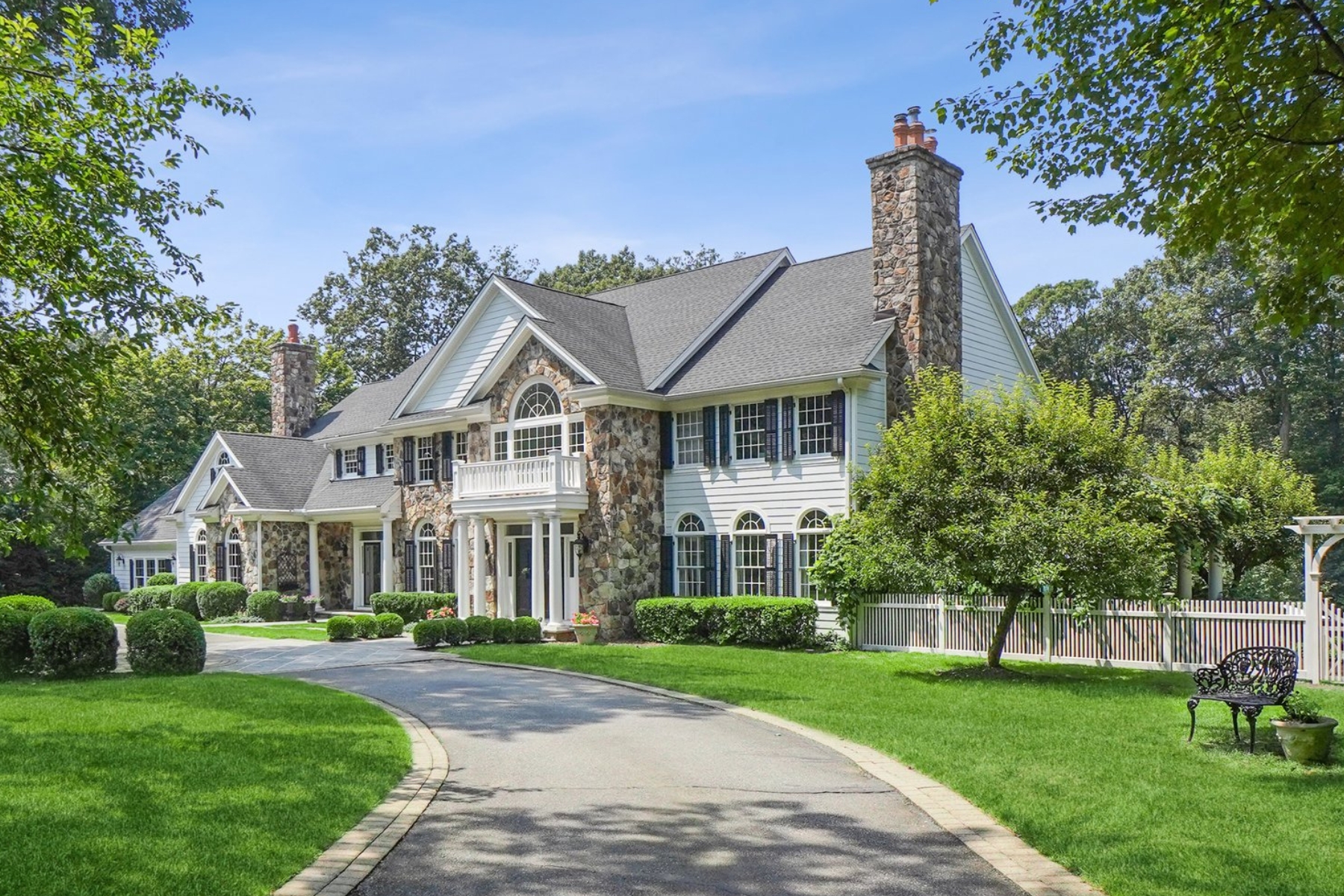
Real Estate Photography ROI: How Great Photos Increase Sale Price
Real Estate photography ROI in the Northeast. How spending money on professional photography will help your listings sel...

The Biggest Mistakes Sellers Make Before Listing Photos (and How to Avoid Them)
Great real estate photos don't happen by accident - they're the result of careful preparation and attention to detail. W...
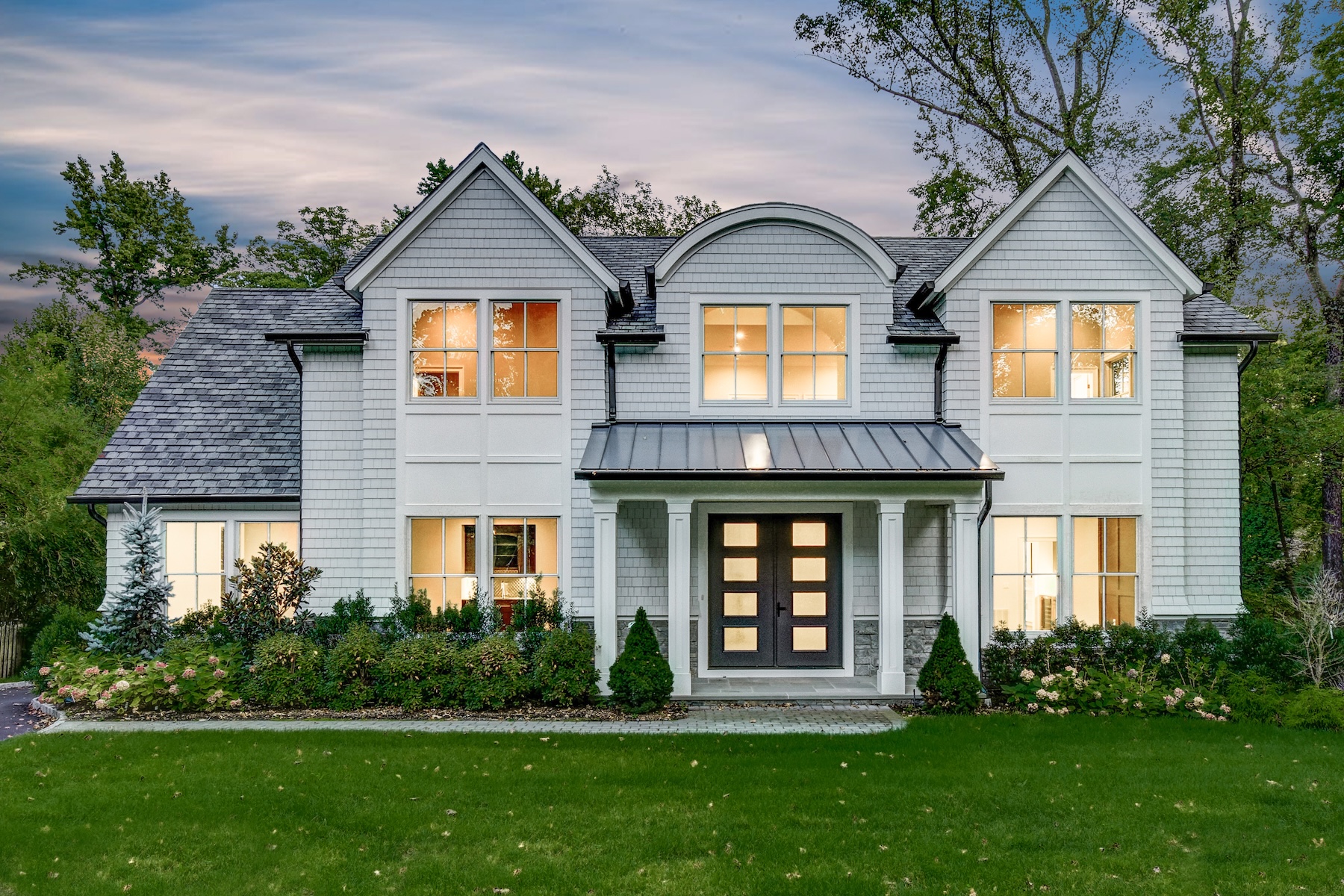
The Magic of Twilight Photography - When and Why to Use It
How Twilight Photography can create a mood that resonates with buyers and boost your listing online engagement.
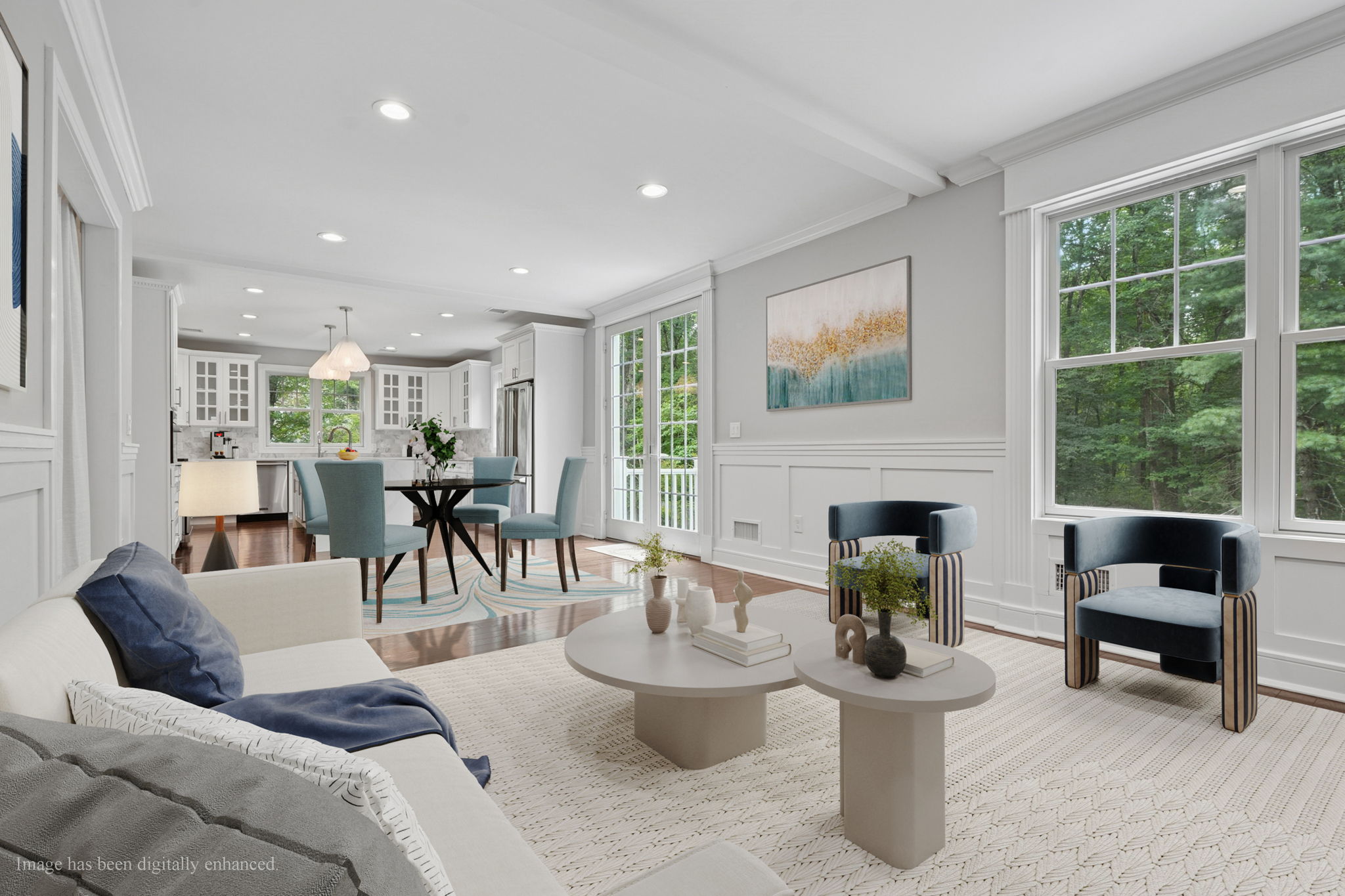
Before & After - How Editing Transforms Your Listing Photos
The benefit of editing real estate photography. How HDR and other editing techniques can enhance your listing photos.
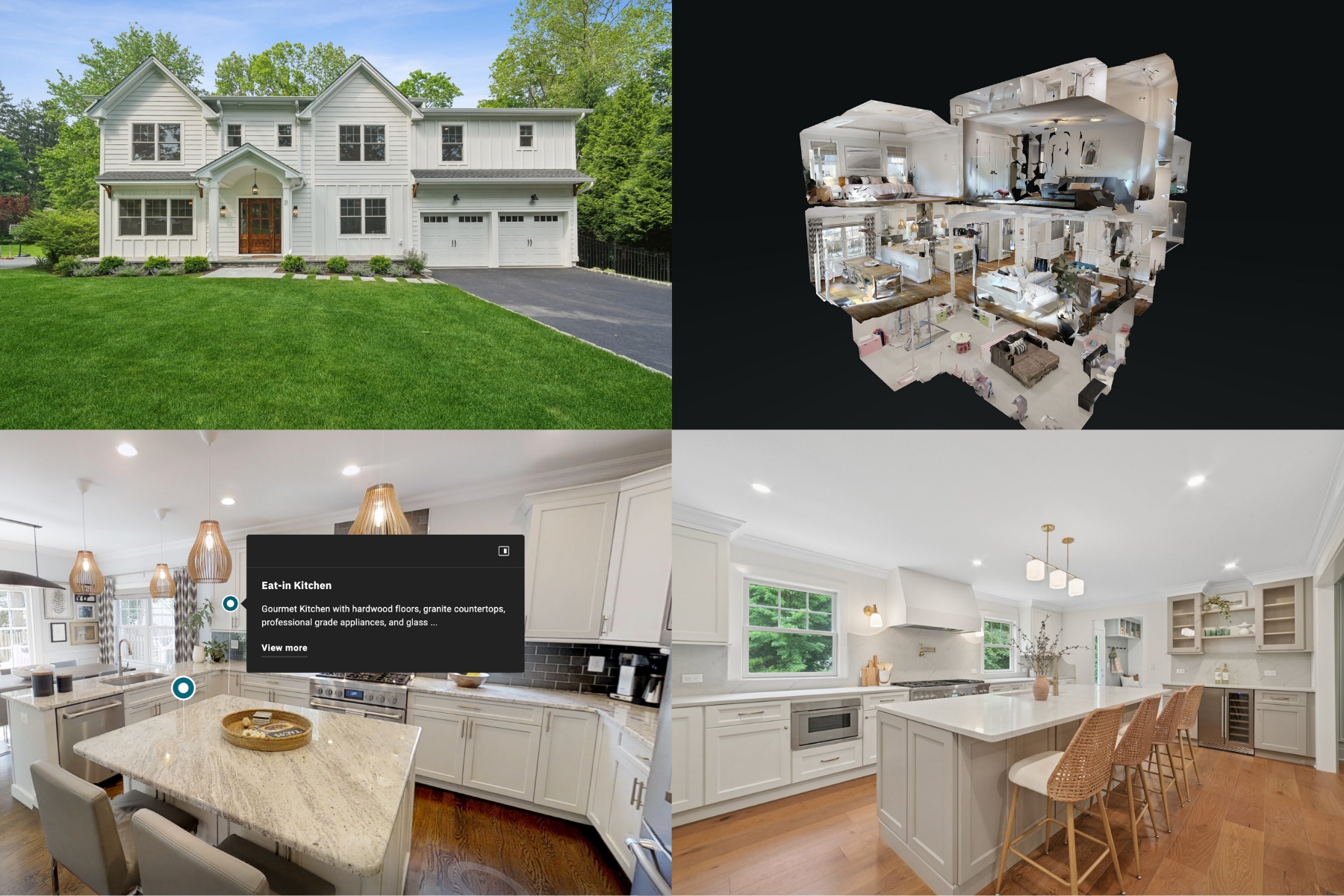
Virtual Tours vs. Photo Galleries - Which Gets More Buyer Attention?
Real estate photography companies have started offering Virtual Tours to their customers. Is there a clear benefit over...
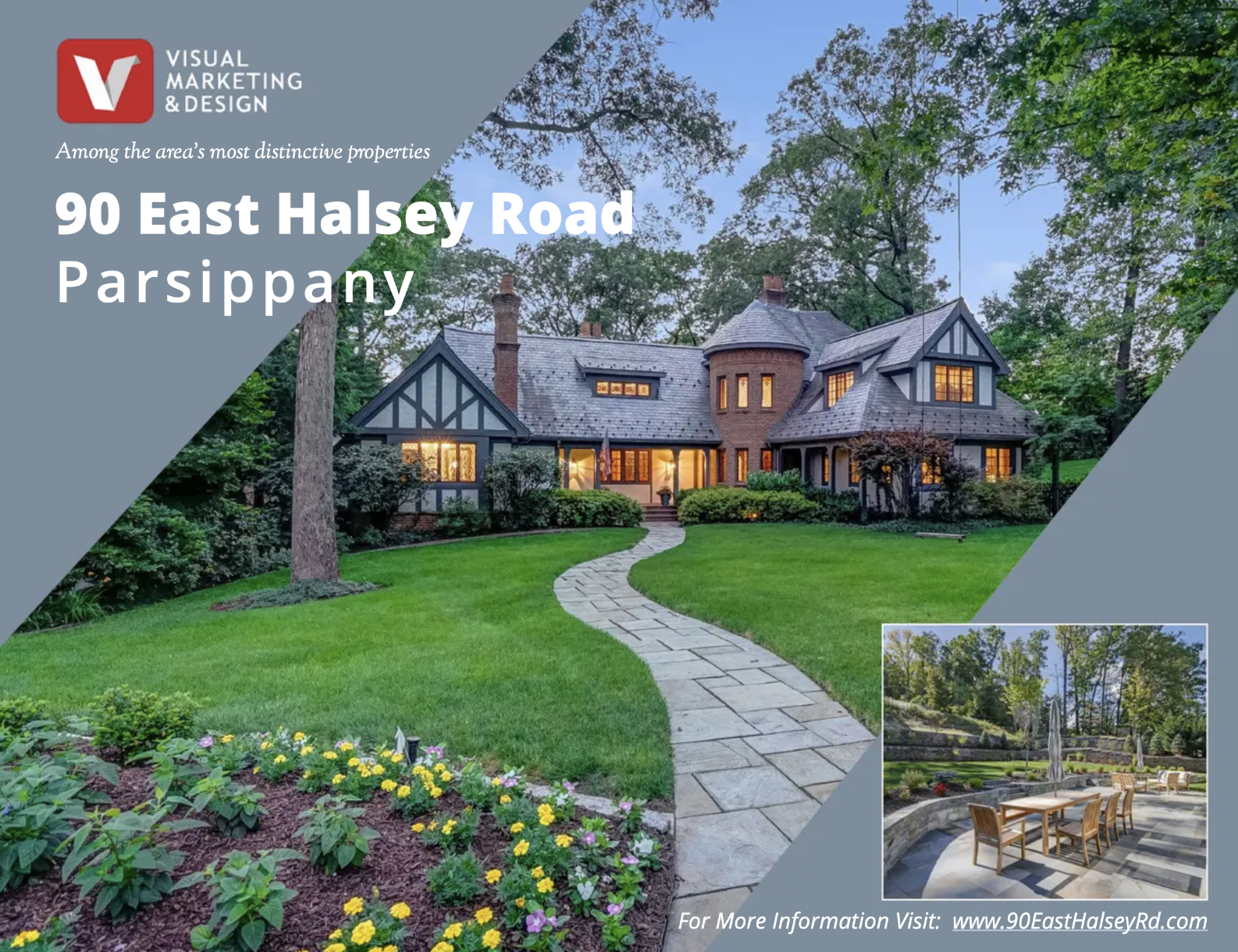
Real Estate Success Starts with Visual Consistency—Here’s Why
Why all top producing real estate agents focus on visual consistency to build their brand.
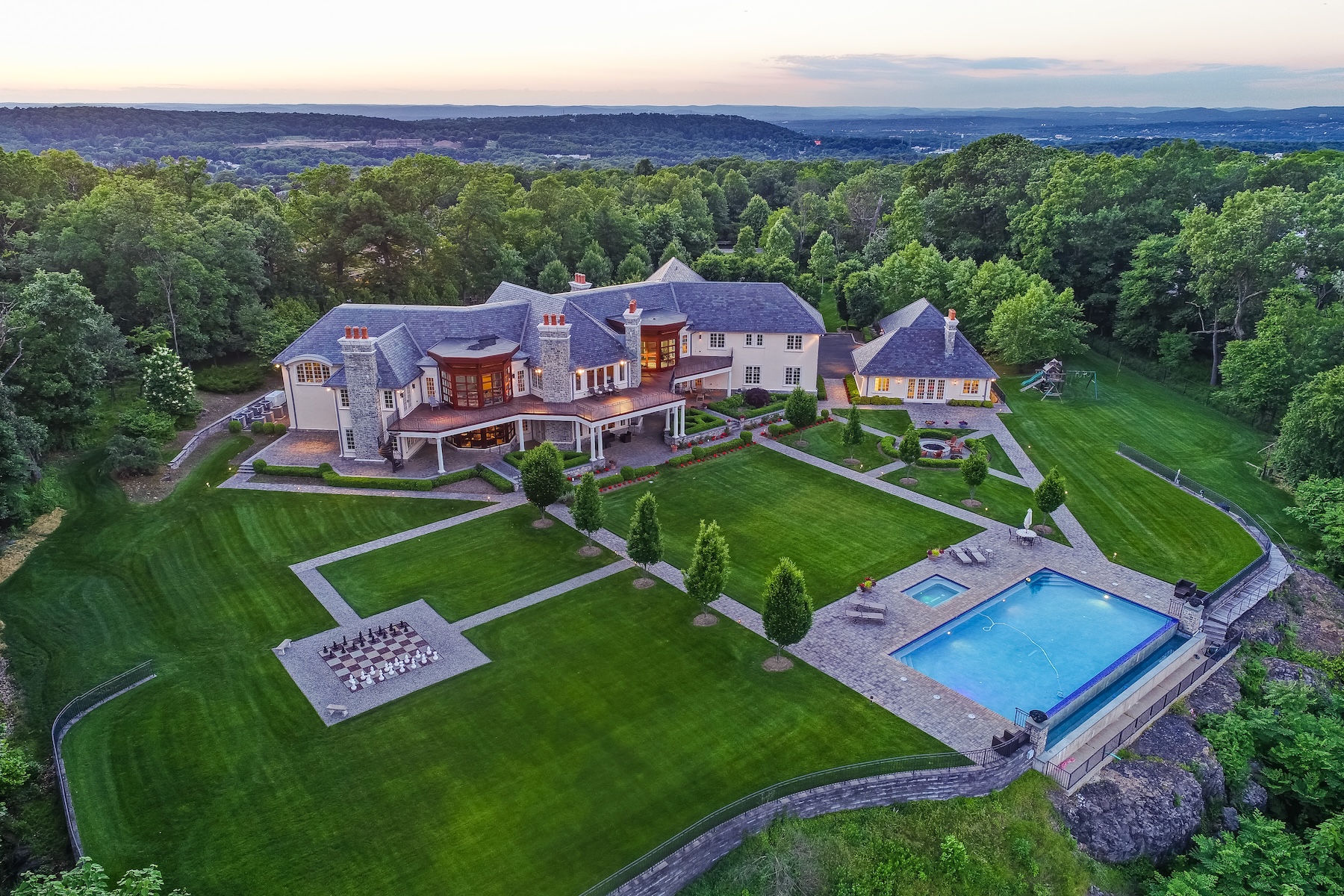
Aerial Photography: The Secret to Stunning Real Estate Listings
Aerial photography captures stunning property views, location highlights, and unique perspectives buyers can’t ignore
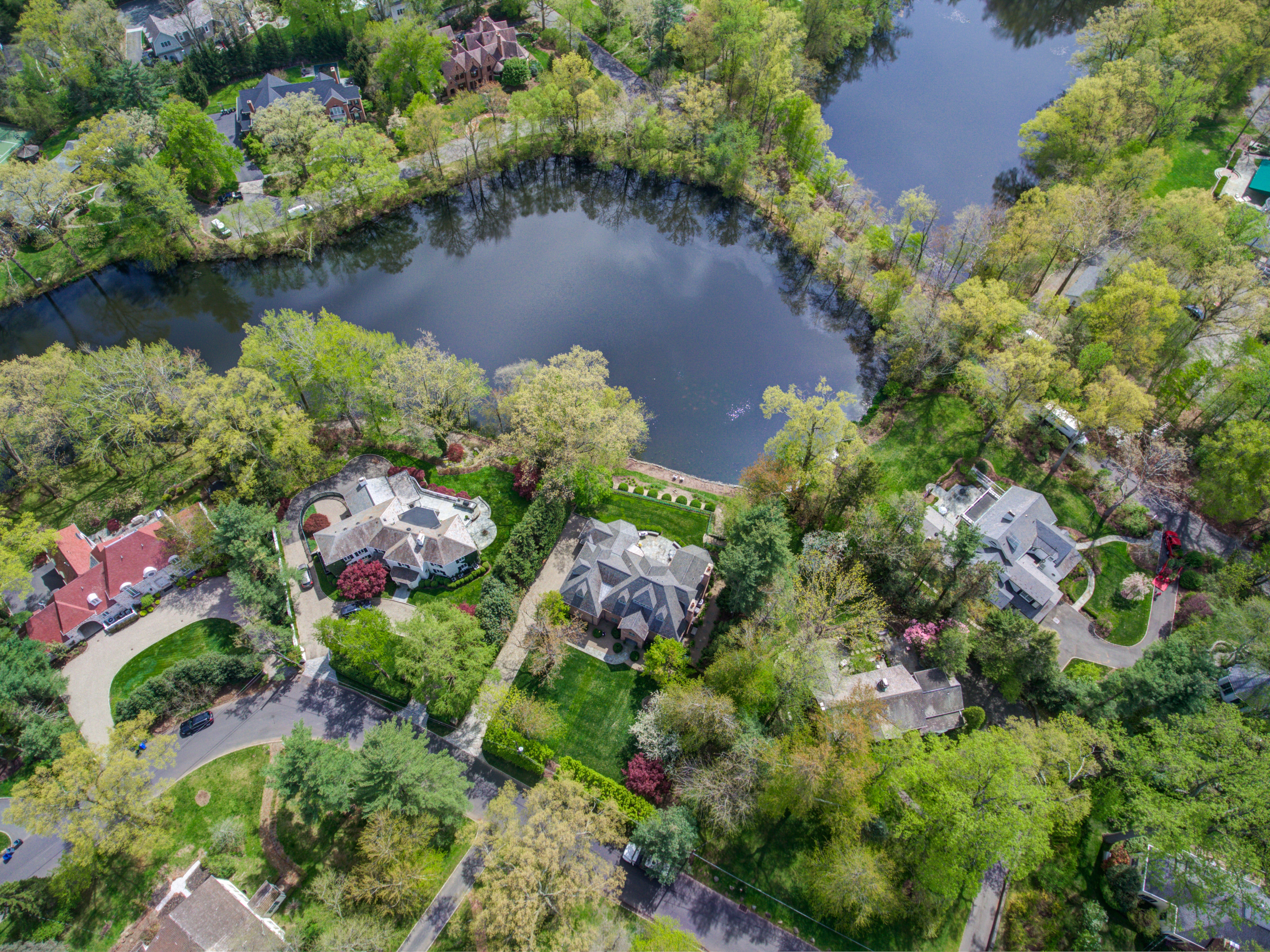
Drone Photography for Real Estate: When to Use It and Why
What type of properties warrant drone photography and the things that realtors need to take into consideration when usin...
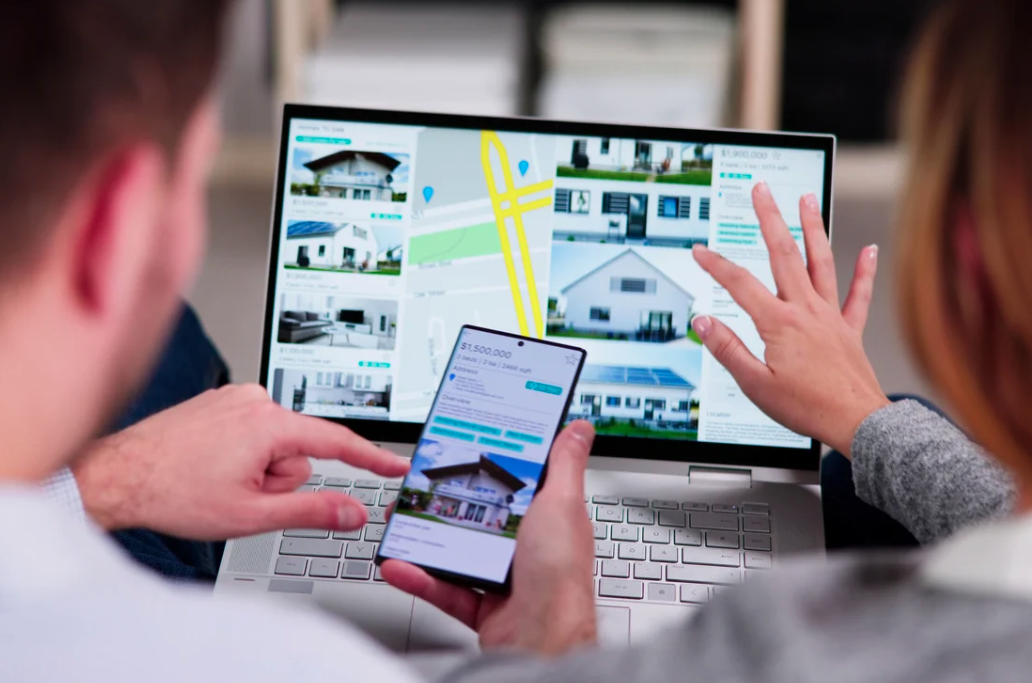
The Psychology of Real Estate Photography: What Buyers See First
Buyers make a split-second decision on whether or not to click on your listing. The presentation of your home is a major...
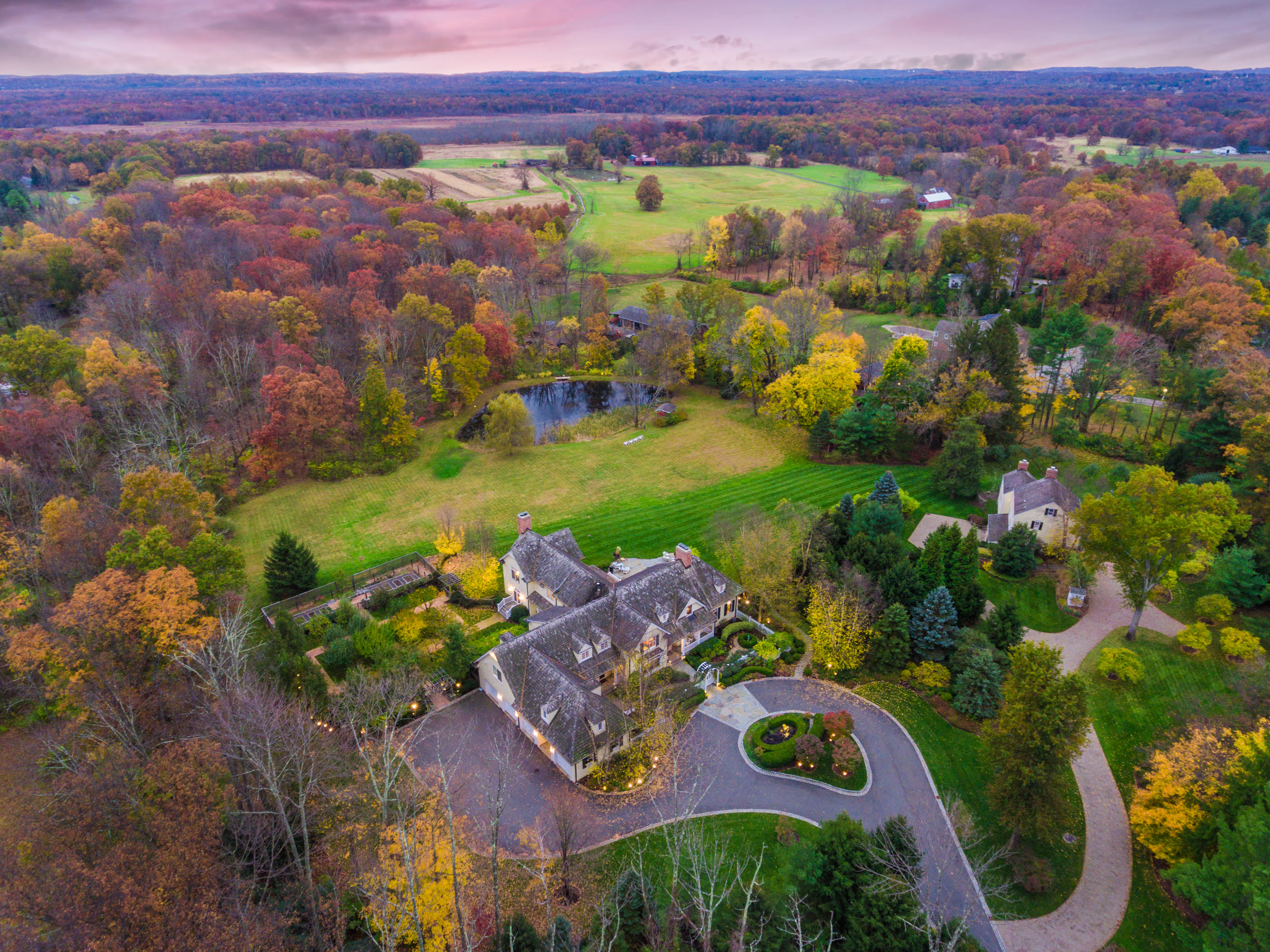
Seasonal Real Estate Photography Tips for the Fall
Seasonal photography can transform your real estate listings. Discover why capturing each season matters and how to show...
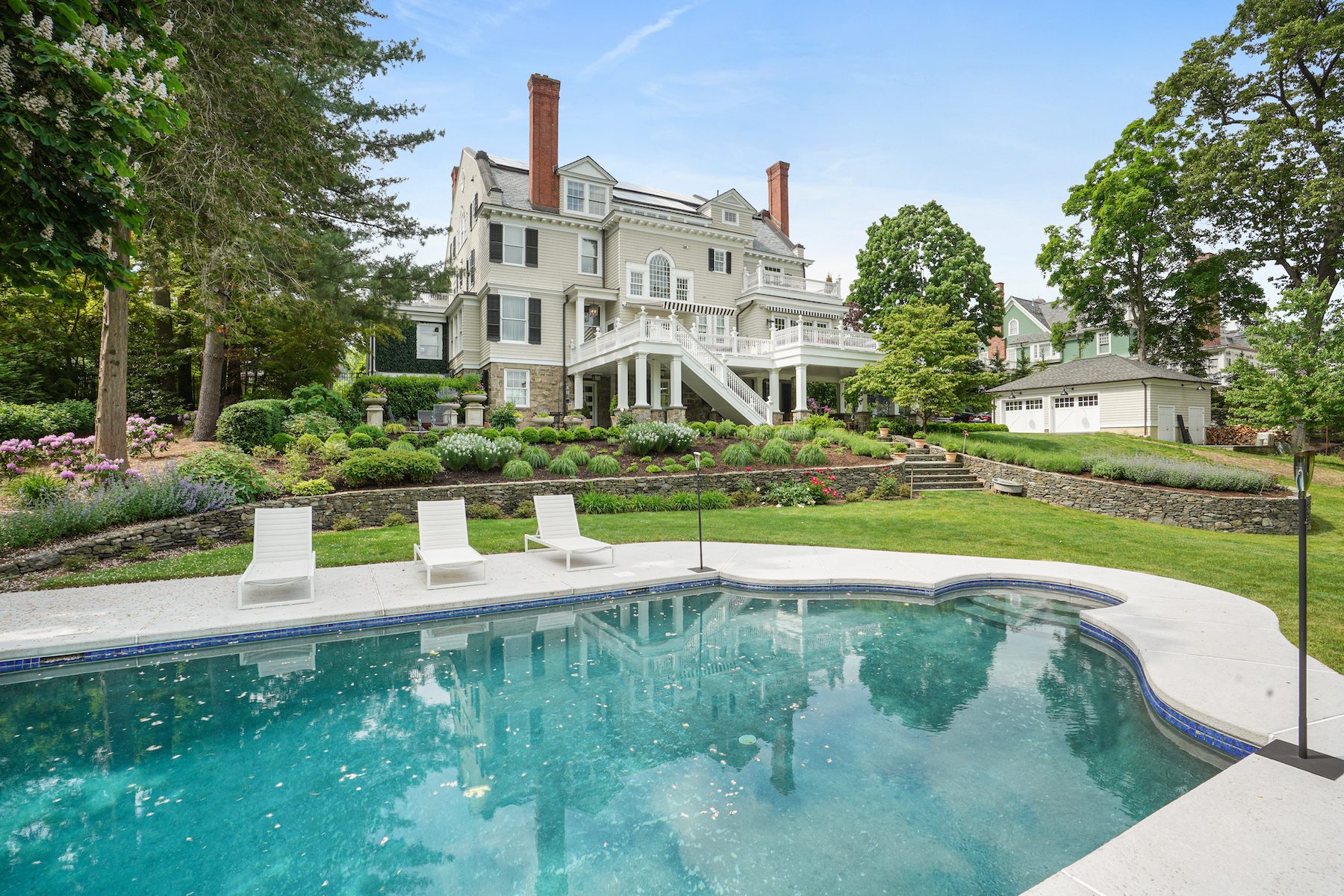
The Best Time of Day to Photograph Homes in the Northeast
Discover the best time of day to photograph homes for stunning real estate photos. Learn how lighting impacts curb appea...